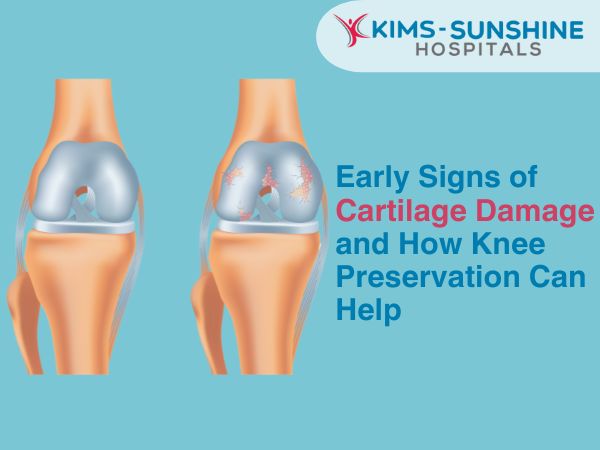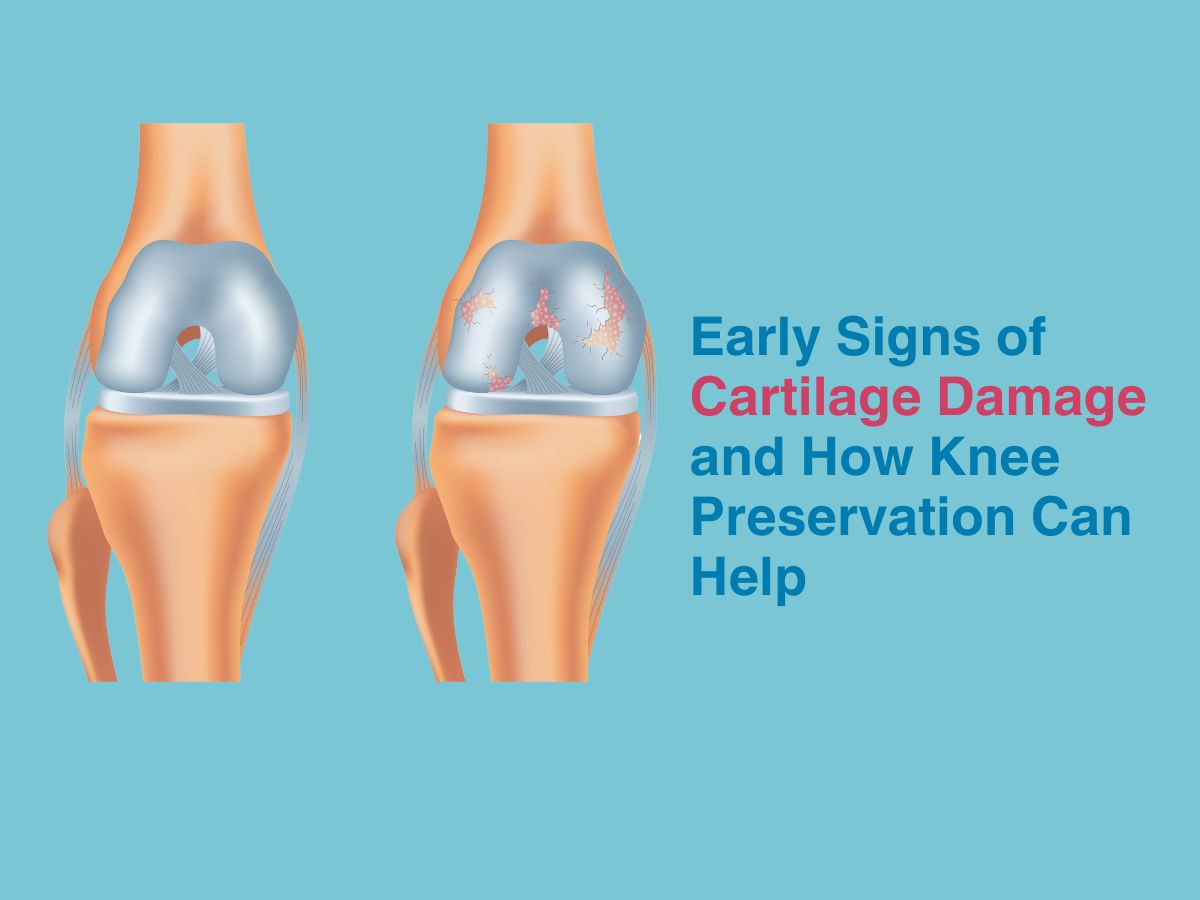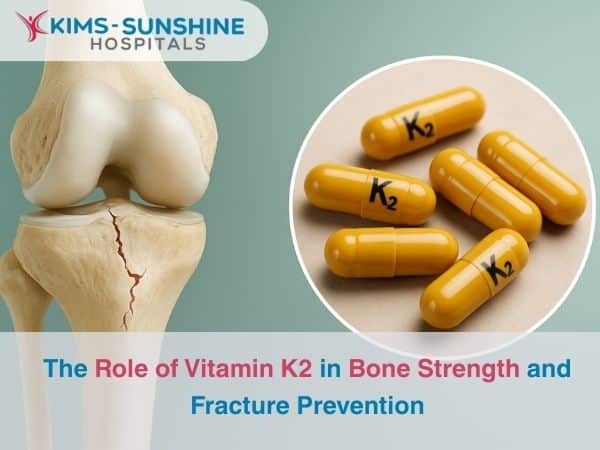
Early Indicators of Cartilage Damage and How Knee Preservation Can Help

Cartilage plays a pivotal role in joint function by acting as a cushion between bones, facilitating smooth movement, and absorbing shock. When this essential tissue is compromised, it can result in pain, stiffness, and long-term complications such as osteoarthritis if not addressed. Identifying early signs of cartilage damage and seeking timely treatment can significantly improve knee function and prevent further deterioration.
This article explores the early signs of cartilage damage and highlights knee preservation strategies, including therapy, injections, and arthroscopy, to help protect joint health.
Early Indicators of Cartilage Damage
Cartilage damage can arise from injury, overuse, or degenerative conditions like osteoarthritis. Recognizing these early warning signs can help prevent further joint damage:
- Joint Pain
Pain that occurs during physical activity or after periods of rest is often one of the first signs of cartilage damage. This discomfort may worsen with weight-bearing activities, such as walking or climbing stairs. - Stiffness
A sensation of stiffness in the knee, particularly in the morning or after long periods of sitting, could indicate early cartilage deterioration. - Swelling
Inflammation around the knee joint can result from irritation or damage to the cartilage, leading to noticeable swelling. - Reduced Range of Motion
Difficulty bending or fully extending the knee is a common sign of cartilage damage, indicating a loss of normal joint function. - Grinding or Clicking Sensations
A grinding or clicking noise during knee movement may be a sign of rough surfaces in the joint, often due to worn cartilage. - Instability
A feeling of instability or the knee “giving way” under pressure is a signal that the joint is not functioning properly, possibly due to cartilage damage.
How Knee Preservation Techniques Can Help
Knee preservation focuses on early intervention and minimally invasive treatments aimed at repairing or regenerating damaged cartilage. These approaches aim to delay or prevent the need for more invasive surgeries, such as knee replacement.
- Lifestyle Modifications
Maintaining a healthy weight, improving posture, and avoiding high-impact activities can reduce stress on the knee joint and slow cartilage deterioration. - Physical Therapy
Strengthening the muscles surrounding the knee provides enhanced support, reduces joint stress, and improves flexibility. A customized exercise program can also alleviate pain and improve function. - Medications and Injections
Anti-inflammatory medications, corticosteroid injections, and hyaluronic acid injections can help manage pain, reduce inflammation, and improve joint lubrication. - Arthroscopy
Minimally invasive arthroscopic procedures allow for the repair or removal of damaged cartilage, offering relief and preventing further joint deterioration. - Cartilage Regeneration Techniques
Advanced techniques, such as microfracture, autologous chondrocyte implantation (ACI), or osteochondral grafting, aim to regenerate cartilage and restore normal joint function. - Platelet-Rich Plasma (PRP) Therapy
PRP injections use the patient’s own platelets to promote healing and stimulate cartilage regeneration. - Preventive Measures
Regular check-ups, early diagnosis, and adopting joint-friendly habits can help preserve knee health and prevent cartilage damage.
Early detection of cartilage damage and timely intervention can make a significant impact on preserving knee function and preventing further degeneration. By recognizing the early warning signs and pursuing knee preservation treatments, you can manage pain effectively, improve joint mobility, and avoid invasive procedures.
If you are experiencing knee pain or stiffness, consult an orthopedic specialist like Dr. Kushal Hippalgaonkar in Hyderabad, who can guide you toward the most appropriate treatment options for your condition. Your journey to healthier knees begins with early awareness and proactive care.
Frequently Asked Questions
What causes cartilage damage in the knee?
Cartilage damage can result from trauma, repetitive stress, obesity, or degenerative conditions like osteoarthritis. A genetic predisposition may also increase the risk.
Can cartilage damage heal on its own?
Cartilage has a limited ability to self-heal due to its lack of direct blood supply. Early medical intervention is usually necessary to repair or manage damage.
How is cartilage damage diagnosed?
Cartilage damage is diagnosed through a physical examination, medical history review, imaging tests such as MRI, and sometimes arthroscopy for direct visualization of the joint.
Are knee preservation treatments painful?
Most knee preservation treatments, such as physical therapy or injections, involve minimal discomfort. Minimally invasive procedures like arthroscopy typically result in quicker recovery and less postoperative pain.
How effective are cartilage regeneration techniques?
Techniques like microfracture or autologous chondrocyte implantation (ACI) are effective in treating early-stage cartilage damage. The success of these methods depends on the extent of damage and post-treatment care.
Can exercise worsen cartilage damage?
High-impact activities such as running or jumping may exacerbate cartilage damage. Low-impact exercises like swimming and cycling are safer alternatives that strengthen the knee while minimizing strain.
Are there preventive measures to avoid cartilage damage?
Yes, maintaining a healthy weight, engaging in low-impact exercises, wearing appropriate footwear, and avoiding overexertion can help prevent cartilage damage and protect joint health.

Dr. Kushal Hippalgaonkar
MBBS, DNB (Orthopaedics)
Consultant Orthopaedic Surgeon

Dr. Aparanji Gopidi
MBBS, MD (General Medicine), DM (Cardiology)
Associate Consultant Cardiologist






